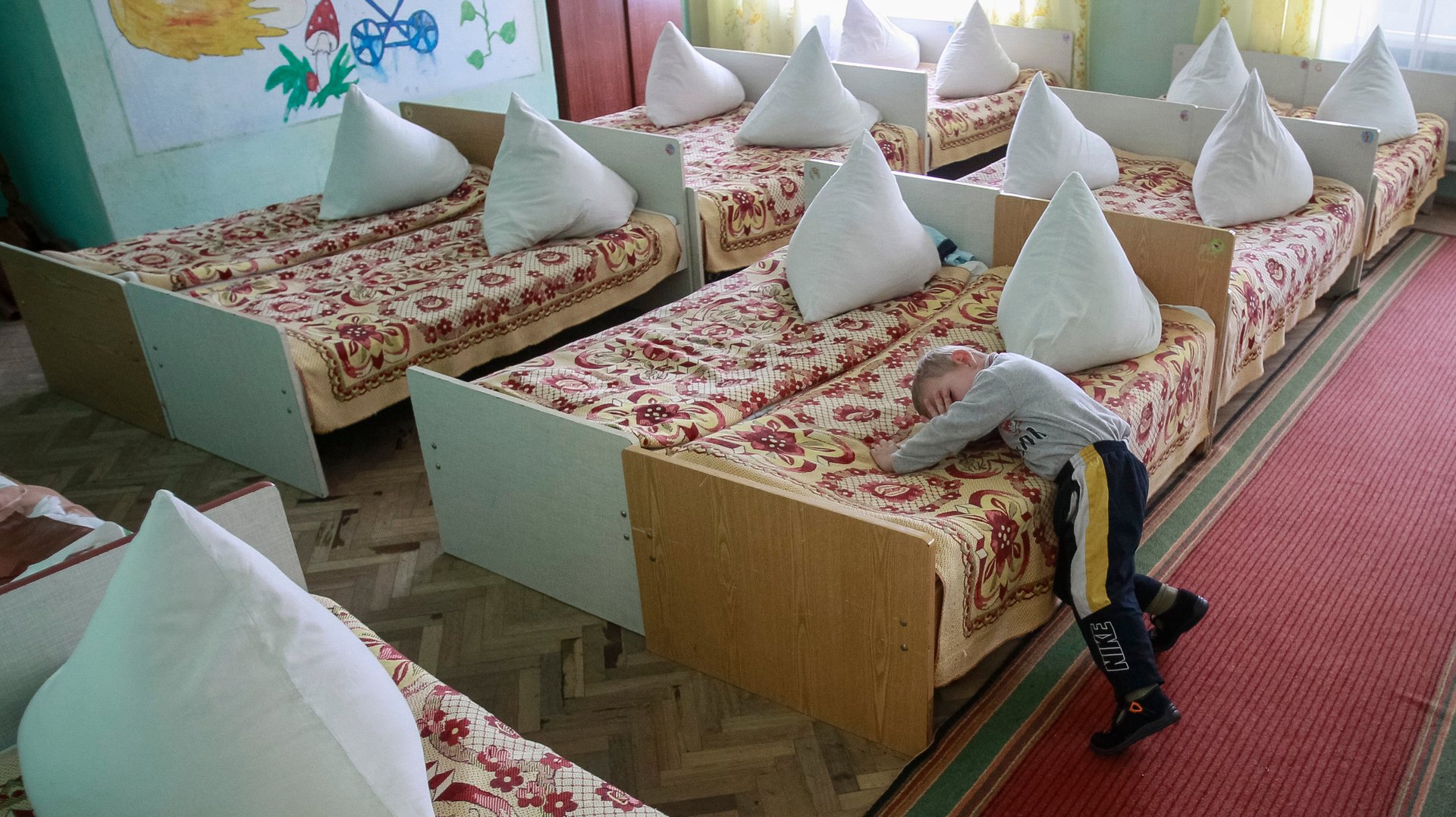Can you raise a little boy in your daughter’s pink room?
In a matter of weeks my family will double, making my 2-year-old daughter a big sister. For the first time, she will have to share my attention, her playthings and her room.


In a matter of weeks my family will double, making my 2-year-old daughter a big sister. For the first time, she will have to share my attention, her playthings and her room.
I don’t expect my first-born to internalize these changes quickly or easily. In fact, nervous about how she will adjust, I have recently reached out to other parents who have more than one child for advice. To my relief, I’m often assured that while chaotic at first, life will quickly settle down and normalize.
But these conversations with other parents have offered a surprising—and depressing—insight into the way gender stereotypes continue to be perpetuated in American families. To my distaste, some parents have expressed skepticism and even concern over the idea that our daughter will have to share her room with her new sibling. This concern is not motivated by the pair’s age difference or worries over potential sleep disruptions, but because the new baby is a boy—and will be moving into a space currently adorned with a pink and green color scheme.
I have no plans to change this. Even if I had the time or energy for a spontaneous redecoration project, I see no need. As far as I’m concerned (and I have research on my side here), there is zero harm in my son looking at pink curtains.
In the minds of some of my peers, however, the idea of exposing my son to such a “feminine” environment during his formative years is a troublesome one. Comments like, “I sure hope he isn’t influenced by pink,” or “you better get some blue in there!” have infiltrated my world more than I ever anticipated (which, for the record, was not at all).
Considering the sources (friends and family, mostly), I am sure such comments aren’t mal-intended. But they nonetheless expose a deeply entrenched gender essentialism that requires dismantling.
Beyond ignoring history, which reminds us that department stores told parents to dress their boys in pink until World War II, these comments ignore the fact that newborns and infants have no cognitive grasp of concepts like gender identity, anyway. My baby’s brainwaves will be exclusively focused on getting his immediate physical needs met, not the pink area rug that’s three feet away from his crib.
And when he does begin to develop a sense of self-identity, that’s precisely when I believe he should be exposed to so-called feminine realms, whether that’s pink stuff in his shared bedroom, kitchen chores or his sister’s beloved princess toys.
Children’s perceptions of gender roles are learned at an early age. My son’s formative early years are the perfect time to show him that his identity extends beyond all-things blue or male-oriented.
While some people may express concern over my son learning to be comfortable around “girly” things, I’m highly uncomfortable with the idea of him eschewing the feminine and running headfirst to embrace hyper masculinity.
Why? Because the social constructs of femininity and masculinity can be quite harmful.
As Jayson Gaddis pointed out in Role Reboot, when we box children into pink-and-blue binaries of gender expression, we send the message to kids that their fundamental nature is wrong if they don’t adhere to the “norm.” And when we judge or put down children—or people of any age, for that matter—for their self-expressions, we teach them that they are lesser.
The result? Kids learn to perpetuate disgust, hatred and even violence towards the outliers of mainstream gender expression. And those boys and girls who don’t embody traditionally masculine or feminine identities learn to be ashamed of who they are. And that is simply tragic.
So, when asked whether my son be influenced by pink, my honest answer is: Who cares?
I genuinely don’t care if my son—or daughter, for that matter—doesn’t adhere to some outdated, unnecessary concept of what it means to be a boy (or girl). I simply want my kids to be healthy, happy, and full of love and acceptance for themselves and others.